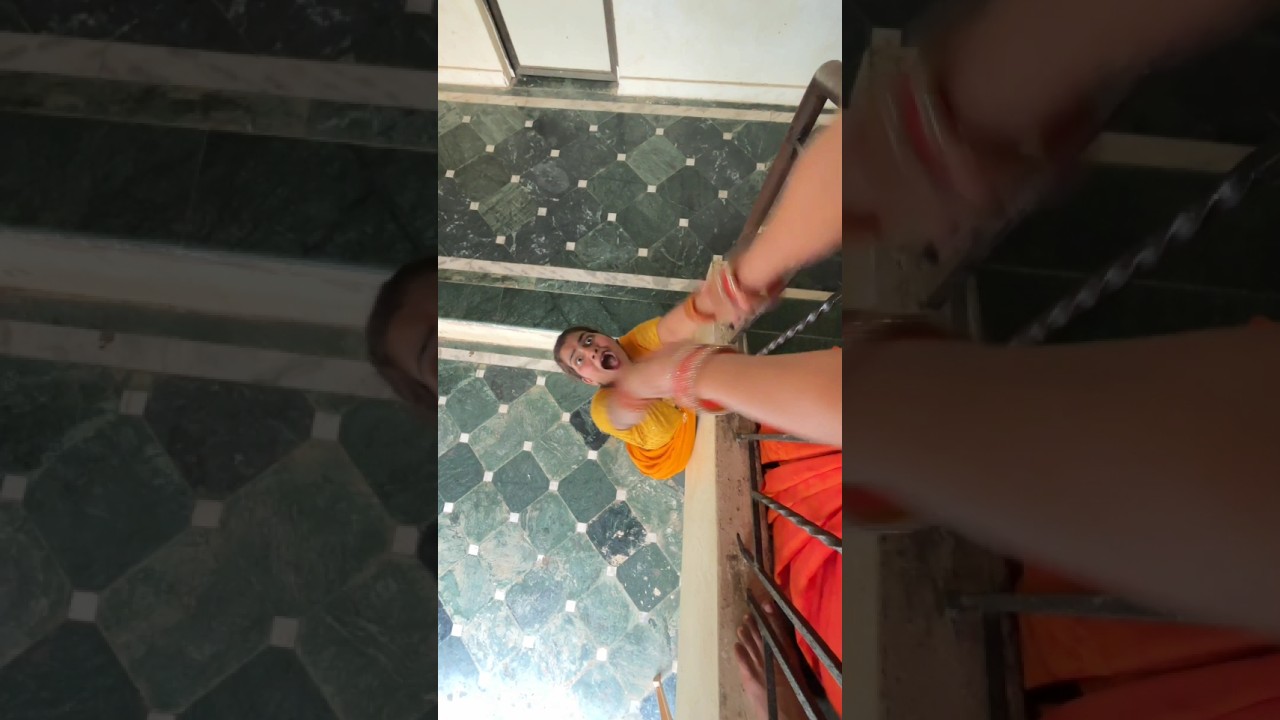Uncategorised
Vivah special 🥰❤#shorts#entertainment#youtubeshorts#mammideevlog

Vivah Special🥰❤️#shorts#entertainment#youtubeshorts#mammideevlog#shifalipandey #rachanapandey #vivah_geet_video #vivahgaligeet #vivahjhumargeet #vivah #vivahgeet #vivahgeet #vivahemisfair #vivahpanchami #vivah_song_2021 #love #lovestatus #lovesong #lovesong #lovestory #cutebaby #cutelovestatus #cutedog #comment #romanticsongstatus #@rachupandeyपागल लड़के से साडी💔😱||beti bachao beti padhao||#shorts #entertainment #youtubeshort #videoबेटी बोझ नहीं होती 💔🙏||beti bachao beti padhao||#shorts #entertainment #youtubeshorts #video#shortvideos #shortsviral #shortsfeed #shorts #short #shortvideo #shortsvideo #shortfeed#ytstudio #yt_shorts #ytshort #ytshorts #yt #ytviral #ytshortsvideo #ytshots #shortsyoutube #youtubeshorts #youtube #youtuber #youtubeshort #youtubevideo #youtubechannel #youtubers #youtubeindia #emotional #emotionalstory #emotinalstory #motivation #motherslove #motivational #motivationalvideo #viralvideos #viralshort #viralreels #viralvideo #viratkohli #trendingreels #trendingshorts #trendingvideo #tranding #trending #trading #love #lovesong #lovestatus #sad #sadsong #sadsongstatus #sadstatus #hearttouching #hearttouchingstory #herattouchingstory #vivahsongs #vivah#page #pagal #paraibeti#bhojpuri #bhojpuri_song #bhojpurimovie #vivahstatus #betibachaobetipadhao #beti#dewranijethani #sasbahukistory #sasbahoo #sasbahunokjhok #sas #maabetikapyar #shifalipandey #mrlucky #manojdey #mammideevlog @shalupandey143साली आधी घरवाली 🤭😜#shorts#entertainmentvideo#youtubeshorts#@ShifaliPandeyपागल लड़के से साडी💔😱||beti bachao beti padhao||#shorts #entertainment #youtubeshort #videoबेटी बोझ नहीं होती 💔🙏||beti bachao beti padhao||#shorts #entertainment #youtubeshorts #video#shortvideos #shortsviral #shortsfeed #shorts #short #shortvideo #shortsvideo #shortfeed#ytstudio #yt_shorts #ytshort #ytshorts #yt #ytviral #ytshortsvideo #ytshots #shortsyoutube #youtubeshorts #youtube #youtuber #youtubeshort #youtubevideo #youtubechannel #youtubers #youtubeindia #emotional #emotionalstory #emotinalstory #motivation #motherslove #motivational #motivationalvideo #viralvideos #viralshort #viralreels #viralvideo #viratkohli #trendingreels #trendingshorts #trendingvideo #tranding #trending #trading #love #lovesong #lovestatus #sad #sadsong #sadsongstatus #sadstatus #hearttouching #hearttouchingstory #herattouchingstory #vivahsongs #vivah#page #pagal #paraibeti#bhojpuri #bhojpuri_song #bhojpurimovie #vivahstatus #betibachaobetipadhao #beti#dewranijethani #sasbahukistory #sasbahoo #sasbahunokjhok #sas #maabetikapyar #shifalipandey #mrlucky #manojdey #mammideevlog @shalupandey143साली आधी घरवाली 🤭😜#shorts#entertainmentvideo#youtubeshorts#@ShifaliPandeyदहेज बना बेटियों का दुश्मन 💔😭||beti bachao beti padhao||#shorts #entertainment #youtubeshorts#video
source








